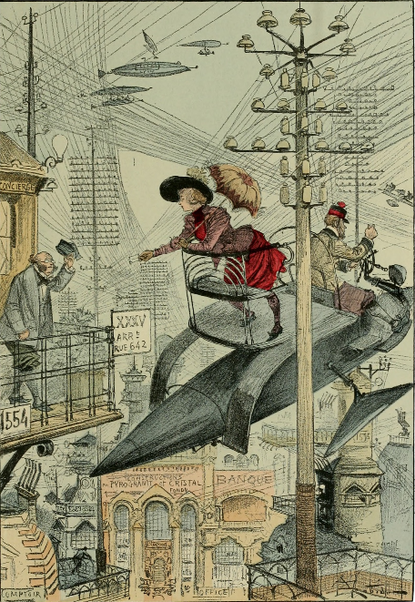The Arsenal: A History of Disarmament
It was fairly quiet in the Arsenal during Soviet times. At least, it seemed so from the outside, as public access was blocked to the regime’s business inside, namely repairing armoury vehicle chassis and manufacturing integrated circuits for strategic purposes. Few Kyivans could have imagined that within a few decades these secret grounds would become a factory outpost for art. And further, not just classical art, but the most contemporary forms - the kind that was considered ‘degenerative’ in Soviet times and was repressed beneath the weight of totalitarian aesthetics.
10 Facts About the New History of the Art Arsenal
The idea to create an art complex on the arsenal grounds was actually first conceived prior to Independence. It formed when Serhiy Komisarenko, the then-Vice Premier of Ukraine, proposed to transfer the collection from the Lavra museum to the Arsenal.
The name ‘Art Arsenal’ first appeared in 2002, when a presidential decree was announced “about measures for Ukraine’s accession to the third millennium”.
The Arsenal was managed by the Defence Ministry until 2003, when it was transferred to the Ministry of Culture. In the autumn of 2004 an exhibition called Farewell, Weapons was held in the Arsenal. The project was organised by the Victor Pinchuk Fund and curated by Oleksander Soloviov.
In 2005 a decision was made to create a federal enterprise called the Art Arsenal. Large scale restoration of the Arsenal commenced.
The Arsenal owes its birth and aesthetic style to the Gogolfest arts festival, which has been held there annually since May 2007.
In May 2007 the Arsenal hosted an exhibition of project finalists for the Eidos International Visual Arts Competition. The project was one of the Foundation’s first large-scale measures to support contemporary art, which, by the end of the 2000’s, has come to play a significant role in non-profit art projects in Ukraine.
In August 2009 the former President of Ukraine, Viktor Yuschenko, inaugurated a renovated wing of the Art Arsenal to celebrate the anniversary of independence. The complex opened with a project curated by Nataliia Zabolotna, entitled De Profundis, Milestones in Ukrainian Sculpture.
In May 2010 the directorship of the Arsenal changed, and Nataliia Zabolotna was appointed CEO. Today the Arsenal is again under temporary renovation from July to November 2010. Art Kyiv will open there in November 2010, the first time the art fair has been staged in such a large space.
The Arsenal has analogous counterparts around the world who have managed to survive this phase of conversion. These include the Venice arsenal, usually the site for the main Venice Biennale projects; the Berlin Arsenal (called the Zeughaus), which houses an enormous historical museum; and the Arsenal in Lower Novgorod, where a branch of the Russian Contemporary Art Centre is located.









